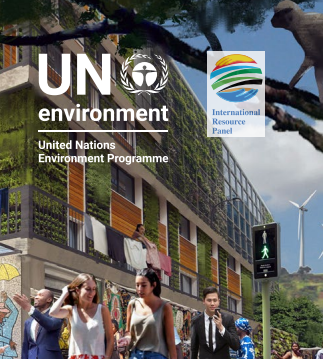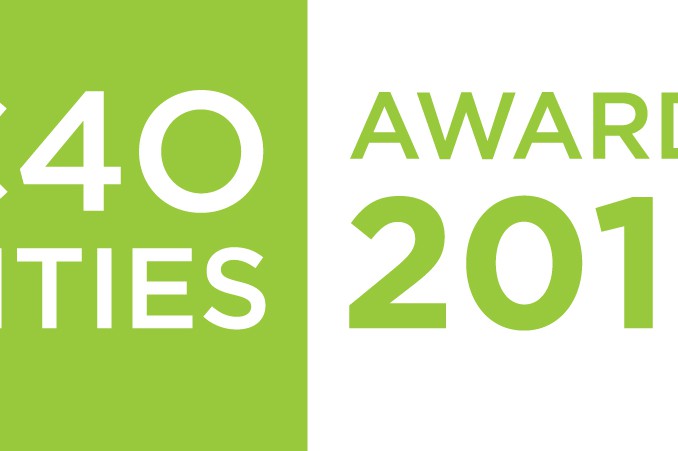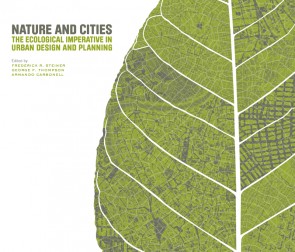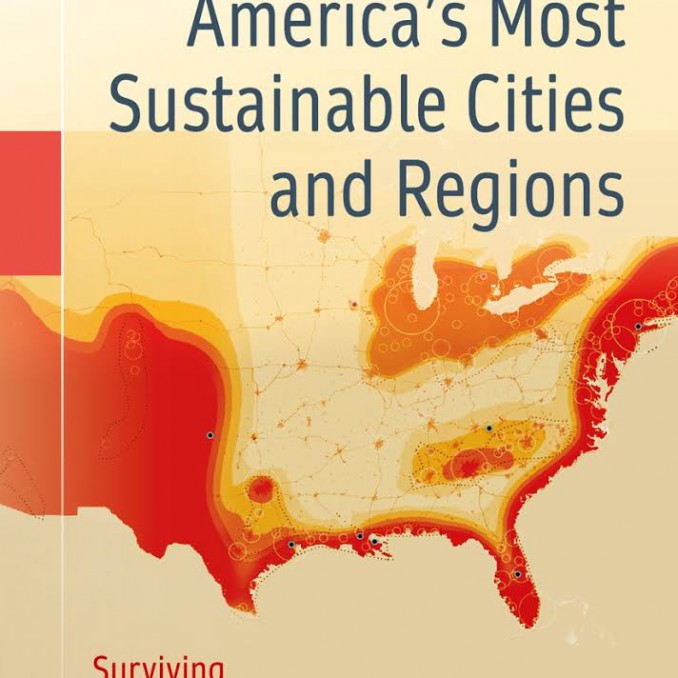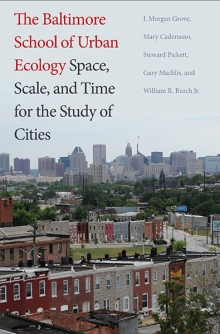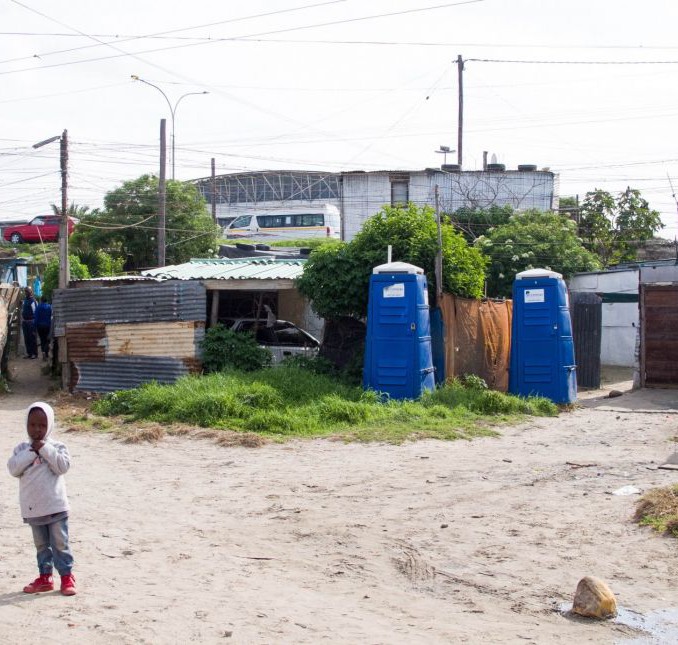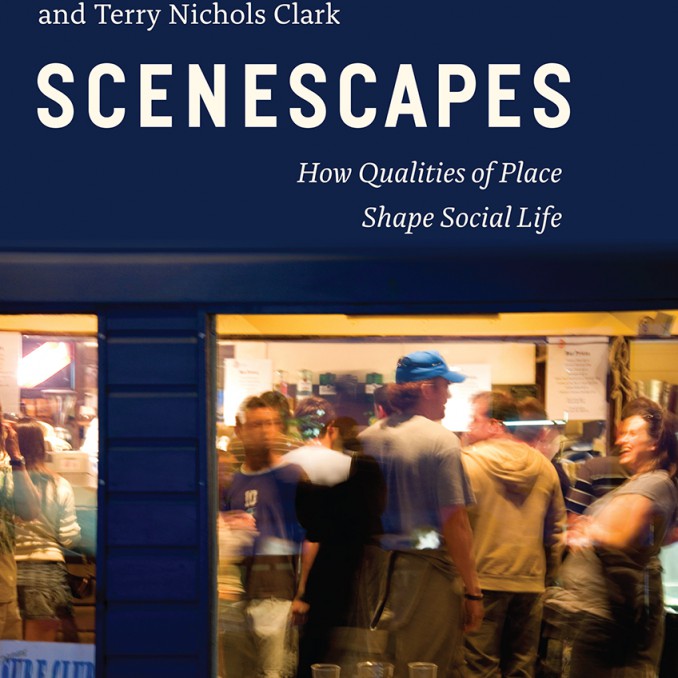New UNEP Report: The Weight of Cities: Resource Requirements of Future Urbanization
9 February 2018: The Weight of Cities: Resource Requirements of Future Urbanization report was released by the International Resource Panel, an eminent group of experts set up…
City Space Architecture
City Space Architecture is a nonprofit organization, established in Bologna (Italy) in 2013, aimed to create a network of people from all over the…
C40 2016 Awards announced
On December 1st, C40 announced the winners of the 2016 Cities Awards: Climate Action Plans & Inventories: Portland, United States Adaptation Plans & Assessments: Paris Building…
Nature and Cities, a new book from Lincoln Institute of Land Policy
This book will be published in November, 2016, and is available for preorder. Ecologically based urban designs and plans are essential as the world…
Atlas for the End of the World
On May 20, 1570, Abraham Ortelius—book collector and engraver from Antwerp—published the world’s first Atlas: the Theatrum Orbis Terrarum (Theater of the World).[1] With his maps Ortelius…
New Book: The Myth of the Sustainable City
About the book: This book takes you on a unique journey through American history, taking time to consider the forces that shaped the development…
New Book | Baltimore School of Urban Ecology Space, Scale, and Time for the Study of Cities
J. Morgan Grove, Mary L. Cadenasso, Steward T. A. Pickett, Gary E. Machlis, and William R. Burch, Jr.; Foreword by Laura A. Ogden A…
Nature and Cities, The Ecological Imperative in Urban Design and Planning
Edited by Frederick R. Steiner, George F. Thompson and Armando Carbonell, Lincoln Institute of Land Policy This book will be published in November, 2016…
There’s a Message for City Planners in Cape Town Plumbing Poll | Next City
Story and Photography by Ann Babe, Next City A mother and father stand in the doorway of their Khayelitsha home, looking on as their…
Scenescapes: How Qualities of Place Shape Social Life
In Scenescapes, Daniel Aaron Silver and Terry Nichols Clark examine the patterns and consequences of the amenities that define our streets and strips. They articulate the core dimensions of the theatricality, authenticity, and legitimacy of local scenes—cafes, churches, restaurants, parks, galleries, bowling alleys, and more.

